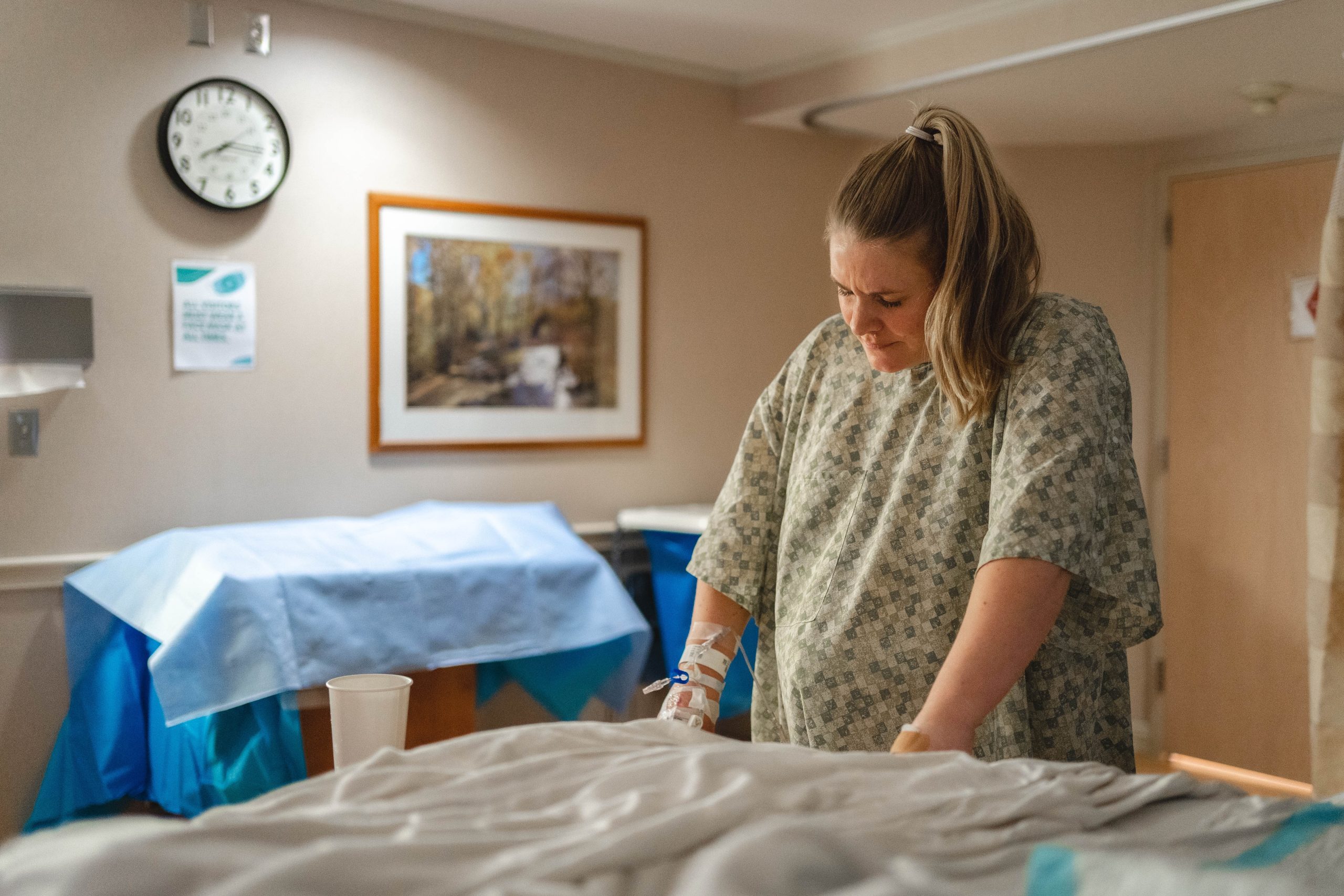Establishing an ICU unit in the labour ward will facilitate the provision of continuity of care and safe transitions of care for patients.
The Women Wellness and Research Center (WWRC) has taken a significant step in improving intensive care labour services for high-risk pregnant women in the region.
By establishing a new level 2 Intensive Care Unit in its labour room, the WWRC is ensuring continuity of care and a safe transition for pregnant women who are at risk of severe morbidity or mortality.
The new ICU unit will provide high-quality assessment and follow-up by the same team from induction to delivery and immediate postpartum care. The initiative is part of the WWRC’s strategic plan to improve the management of high-risk obstetric patients and enhance current service standards.
A multidisciplinary team of obstetricians, anesthetists, intensivists, and nurses will work collaboratively to provide high-level care to high-risk pregnant women.
The ultimate goal is to improve outcomes and experiences of critically ill pregnant women in labour. The ICU labour room initiative is expected to set new standards for similar services in the region and globally.
Dr. Hilal Amin Al Rifai, WWRC’s Chief Executive Officer and Medical Director, states that the vision of the WWRC is to deliver the safest, most effective, and most compassionate care to patients.
“We are aiming to improve outcomes and experience of critically ill pregnant women in labour by establishing a level 2 ICU units in the labour room and it is our expectation that this labour ICU services will enable the high-risk patients who are eligible for normal vaginal delivery to be closely monitored and supervised,” the chief said.
By establishing an ICU unit in the ward, she added, the WWRC aims to ensure that high-risk patients eligible for normal vaginal delivery can be closely monitored and supervised, thus improving patient safety and experience.
“Upholding high standards of safety in a tertiary maternity hospital is imperative. Particular attention needs to be directed towards high-risk pregnant population who are at risk of severe morbidity or mortality. The intrapartum phase for high risk and critically ill pregnant women is paramount,” Al Rifai stressed.
Currently, the hospital provides this level of care for antenatal and postnatal patients, but not during the intrapartum period. Creating an ICU unit in the labour ward will mitigate this gap in care, providing continuity and safe transitions of care for critically ill patients.
All team members will be physically present in the labour ward, minimising the transfer of critically ill patients across units and providing specialised critical care nursing.







